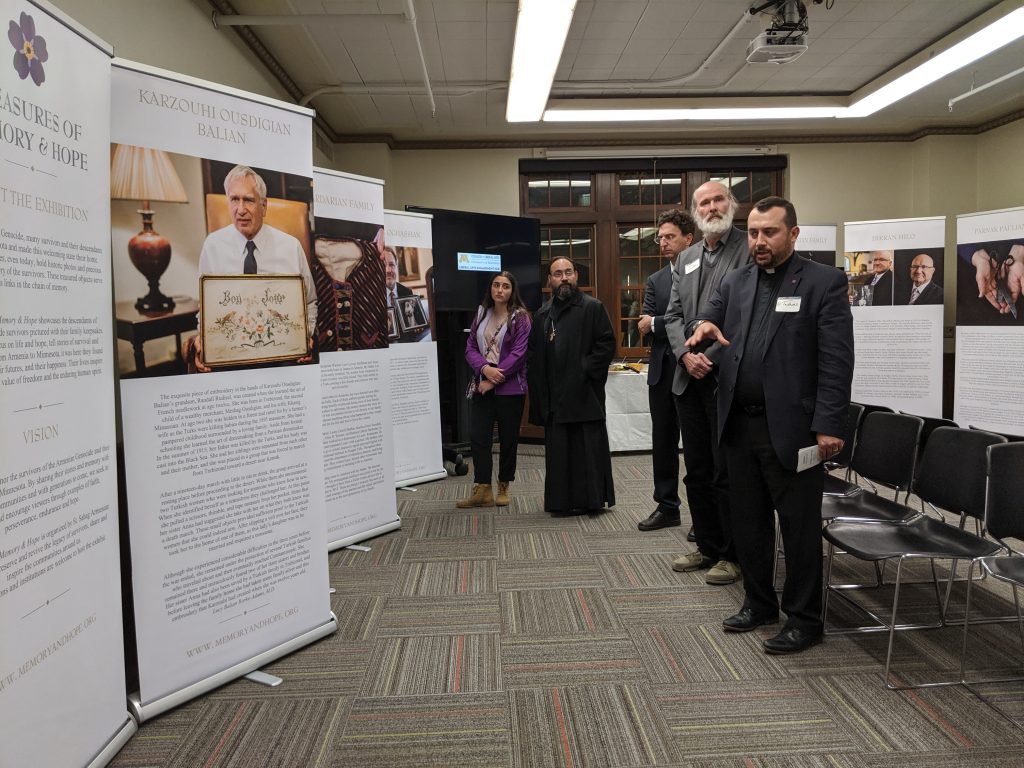Two weeks ago I met with a community leader whose own community was devastated by a genocide that happened decades ago in a place halfway around the world. We talked about how his community marks the event, the pain its survivors continue to experience and the challenge of getting his new neighbors to care about something so foreign to them. One of the things he mentioned struck a chord with me: “Recognition is about completing the fabric of our wider community.” To him, recognizing genocide was not simply about recognizing the painful past of his people, but recognizing the shared humanity that ties us all together.
Two weeks ago the Armenian community finally had their story recognized. Following three weeks of White House-backed challenges, the Senate joined the House in calling the mass killings of Armenians a century ago genocide. The resolution officially calls for remembrance and to combat “denial of the Armenian Genocide or any other genocide” and “to encourage education and public understanding of the facts of the Armenian Genocide, including the role of the United States in humanitarian relief efforts, and the relevance of the Armenian Genocide to modern-day crimes against humanity.”
This is an enormous victory for the Armenian community, and the result of decades of organizing and the mobilization of Armenian-Americans across the country, including those here in the Twin Cities. Federal recognition of the Armenian genocide fixes a historical wrong and will, hopefully, provide solace for the descendants of victims and survivors, many of which make up nearly the entirety of the Armenian-American community in the Twin Cities. Now that the painful history of the Armenian people is officially recognized it too is a part of the community fabric.
When our Representative, Ilhan Omar, chose to vote “present” during the House’s vote on recognizing the Armenian genocide, I wrote that recognizing one genocide helps provide a basis for understanding other episodes of mass violence. It’s a common thought among many communities with shared histories as victims of genocide or mass violence: the idea that a better understanding of their traumatic pasts helps us not only understand the contemporary horrors of places like Syria, Myanmar and elsewhere, but also emboldens us to respond to these crises rather than resigning ourselves to the apparent inevitability of history repeating itself. In much the same way that communicating their stories helps weave a more complete fabric of the Twin Cities, the shared experience of genocide seemingly creates its own sense of a wider community globally.
Recognizing the Armenian genocide was long overdue, and while we should relish in correcting this historical injustice, we should also be celebrating the opportunity for more communities striving for the chance to deliver their own stories. Until then, our community story will be left incomplete.

Throughout this year, the Center for Holocaust & Genocide Studies has committed itself to empowering communities to share their histories and experiences. The Bridges of Memory project aims to connect survivor communities with resources at the university but also, more importantly, with other survivors of mass violence and genocide.
In my meeting with the community leader last week, he talked about the pervasive feeling in his community that they are cursed, that they’d done something to deserve genocide, and that it was his mission to convince his community that their story wasn’t unique. The unfortunate reality is that it isn’t. Many communities in the Twin Cities have been irrevocably damaged by episodes of genocide and mass violence. It’s time we weave their stories into our collective fabric.
Joe Eggers is the research and outreach coordinator for the Center for Holocaust & Genocide Studies at the University of Minnesota.

Comments